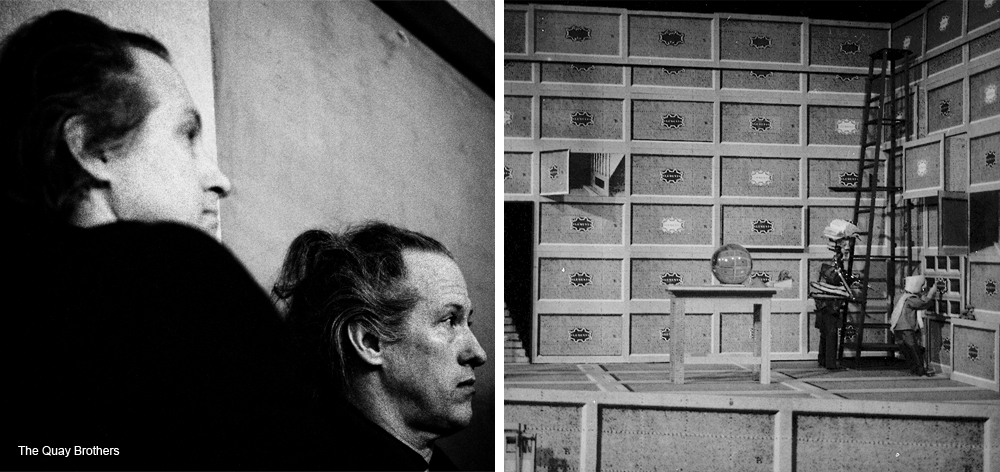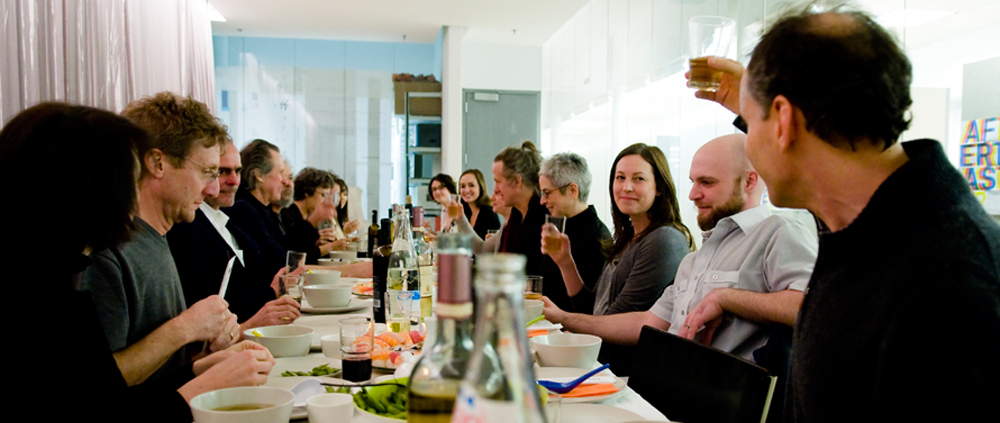Aftertaste 2008 AfterTaste 2 Symposium
April 4, 2008 to April 5, 2008
AfterTaste 2 is the second annual international symposium dedicated to the critical review of interior design and to identifying pressing contemporary issues and practices that will challenge practitioners in the near future. It is intended as an expansive meditation on the concept of the interior environment and its constituent elements.
Schedule
April 4, 2008, Location: Kellen Auditorium
6:00 pm - 8:00 pm
+ Jay Bernstein
Location: Kellen Auditorium
6:00 pm - 8:00 pm
+ James Casebere
Location: Kellen Auditorium
6:00 pm - 8:00 pm
+ Kent Kleinman
Location: Kellen Auditorium
6:00 pm - 8:00 pm
+ Julie Lasky
Location: Kellen Auditorium
6:00 pm - 8:00 pm
+ Emmanuelle Linard
Location: Kellen Auditorium
6:00 pm - 8:00 pm
+ Tim Marshall
Location: Kellen Auditorium
6:00 pm - 8:00 pm
+ Joanna Merwood-Salisbury
Location: Kellen Auditorium
6:00 pm - 8:00 pm
+ The Quay Brothers
April 5, 2008, Location: Kellen Auditorium
12:00 pm - 5:00 pm
+ Courtney Smith
Location: Kellen Auditorium
12:00 pm - 5:00 pm
+ Penny Sparke
Location: Kellen Auditorium
12:00 pm - 5:00 pm
+ Ioanna Theocharopoulou
Location: Kellen Auditorium
12:00 pm - 5:00 pm
+ Anthony Vidler
Location: Kellen Auditorium
12:00 pm - 5:00 pm
+ Lois Weinthal
Location: Kellen Auditorium
12:00 pm - 5:00 pm
+ Allan Wexler
Location: Kellen Auditorium
12:00 pm - 5:00 pm
+ Mark Wigely
Location: Kellen Auditorium
12:00 pm - 5:00 pm
+ Alfred Zollinger
Participants
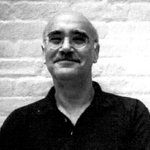
Jay Bernstein
J.M. Bernstein, after having taught for nearly 25 years at the University of Essex in England, and after spending a brief spell at Vanderbilt University, is now University Distinguished Professor of Philosophy at the New School for Social Research. He works primarily in the areas of aesthetics and the philosophy of art, ethics, critical theory, and German Idealism. Among his books are: The Philosophy of the Novel; The Fate of Art: Aesthetic Alienation from Kant to Derrida and Adorno; Adorno: Disenchantment and Ethics; Against Voluptuous Bodies: Late Modernism and the Meaning of Painting; he edited and wrote the introduction for Classic and Romantic German Aesthetics. In all these writings, his goal has been to defend modernism as exemplifying a form of rationality and reason that escapes the reductions of scientific and instrumental rationality. He is currently at work on a book provisionally entitled Torture and Dignity.
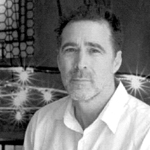
James Casebere
James Casebere's pioneering work has established him at the forefront of artists working with constructed photography. Foe the last thirty years, Casebere has devised increasingly complex models that are subsequently photographed in his studio. Based on architectural, art historical and cinematic sources, his table-sized constructions are made of simple materials, pared down to essentials forms. Casebere's abandoned spaces are hauntingly evocative and oftentimes suggestive of prior events, encouraging the viewer to reconstitute a narrative or symbolic reading of his work. Casebere is the recipient of numerous fellowships including the National Endowment for the Arts, the New York Foundation for the Arts and the John Simon Guggenheim Memorial Foundation. His work has been collected by museums worldwide, including the Museum of Modern Art, the Whitney Museum of American Art, the Salomon R. Guggenheim Museum, the Jewish Museum and the Metropolitan of Art in New York, the Walker Art Center in Minneapolis, the Los Angeles Museum of Contemporary Art and the Los Angeles County Museum, and the Victoria and Albert Museum in London.
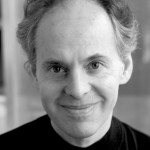
Kent Kleinman
Kent Kleinman is the Gale and Ira Drukier dean of the College of Architecture, Art and Planning (AAP) at Cornell University. Before joining AAP, Kleinman was dean of the School of Constructed Environments at Parsons School of Design. He received his professional degree in architecture from the University of California, Berkeley. His scholarly focus is 20th-century European Modernism, and his publications include Villa Müller: A Work of Adolf Loos, Rudolf Arnheim: Revealing Vision, The Krefeld Villas: Mies’s Haus Lange and Esters, as well as articles and reviews in national and international publications, including Bauwelt, Progressive Architecture, A+U, Bauart, Archis, and the Architect’s Journal. He recently published a translation of Jan Turnovsky’s Poetics of a Wall Projection (2009). Kleinman has taught at architecture schools internationally, including the Academy of Fine Arts, in Vienna; the Hochschule der Künste, in Berlin; the Royal Danish Academy of Fine Arts, in Copenhagen; and the ETH, in Zurich. He was a faculty member at the University at Michigan from 1989 to 1999, and professor and chair of architecture at the State University of New York, Buffalo, from 1999 to 2005. He was awarded the senior Public Goods fellowship (sponsored by the Mellon Foundation) at the University of Michigan in 2002, and was a visiting scholar at the Canadian Centre for Architecture in 2005. He has received four Graham Foundation Grants, the national Bruner Prize; two Architect’s Journal 10 Best Books awards; first alternate award for the Burnham Prize; a New York Council for the Arts grant; and a 2001 Progressive Architecture Design Award (with Eric Sutherland). Kleinman is a registered architect in California.
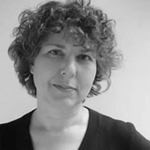
Julie Lasky
Julie Lasky is editor-in-chief of I.D., the award-winning magazine of international design. Prior to that, she was editor-in-chief of Interiors magazine, which she led to sevral national honors. A widely published writer and critic, she has contributed to The New York Times, Metropolis, Dwell, Architecture, Slate, Surface, The National Scholar, and NPR, and she is the author of two books: Borrowed Design: Use and Abuse of Historical Form (written with Steven Heller) and Some People Can't Surf: The Graphic Design of Art Chantry. Honors include a National Arts Journalism Program Fellowship at the Medill School of Journalism at Northwestern University, and the Richard J. Margolis award for writing on the cultural life of postwar Sarajevo. SHe recently joined the MFA design criticism faculty at New York's School of Visual Arts.
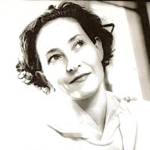
Emmanuelle Linard
Emmanuelle Linard is the Executive Director of Edelkoort Inc., the New York affiliate of the Paris-based Studio Edelkoort. Studio Edelkoort and Edelkoort Inc. have partered with major U.S. and international companies to identify and analyze future consumer attitudes, lifestyles, and economic trends. With a background in creation, production and public relations, French-born Emmanuelle Linard spent 10 years with the Edelkoort European office developing trend forecasts, managing production, and presenting audiovisuals internationally. Since 1999, Linard has directed Edelkoort Inc., developing trend projections for the U.S. market together with Li Edelkoort, the full-time staff in Paris, and the worldwide network of specialists affiliated with Studio Edelkoort's "Trend Union", which creates a collection of seasonal trend books and audiovisuals for the textile and fashion industries as well as the interior, retail, design and well being markets.
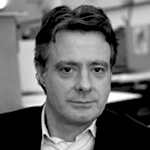
Tim Marshall
Tim became provost in March 2009. As dean of Parsons School of Design from 2006 to 2009, he led a major restructuring effort and developed an academic plan that emphasized stronger faculty culture and a more integrated and comprehensive suite of undergraduate and graduate degrees. He came to Parsons in 2004 as associate dean for Academic Affairs. He holds a faculty appointment as a tenured associate professor. Previously he was director of academic and international programs and chair of the School of Design at the University of Western Sydney, where he held a range of academic leadership positions over 14 years. He has written, lectured, and consulted internationally on design research and design education. He co-edited Design Dictionary: Perspectives in Design. Educated at the City Art Institute of Australia and the University of New South Wales, Tim has a background in photography and fine arts.
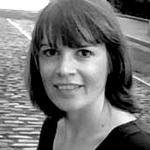
Joanna Merwood-Salisbury
Joanna Merwood-Salisbury is Assistant Professor of Architecture at the School of Constructed Environments, Parsons School of Design in New York City. | An architect by training, she received her Ph.D. in architectural history and theory from Princeton University in 2003. Prior to arriving at Parsons, she taught at Bard College, the University of Illinois in Chicago, Barnard and Columbia. | Ms. Merwood-Salisbury’s scholarly focus is 19th-century architecture and urbanism in the United States. She is author of Chicago 1890: The Skyscraper and the Modern City, which was published by the University of Chicago Press last year. Ms. Merwood-Salisbury has also published widely on architecture and design in a number of journals, including the Journal of the Society of Architectural Historians, the Journal of Architectural Education, Technology and Culture, Design Issues, Grey Room, and Lotus International. | Ms. Merwood-Salisbury sits on the editorial board of the Architectural Association’s journal, AA Files. Recent publications include essays on the history of Union Square in New York and the work of French interior designer Jean-Michel Frank. | Currently, she is editing an anthology of essays on interior design education with Kent Kleinman and Lois Weinthal.

The Quay Brothers
Stephen & Timothy Quay were born near Philadelphia in 1947. After graduating in 1969 from the Philadelphia College of Art, they studied at the Royal College of Art, London where they made their first short films (mostly lost), and met fellow student Keith Griffiths, who first collaborated with them on Nocturna Artificialia (1979). Working together as Konick Studios, with Griffiths'producing, the Quays have maintained a steady output of fastidious and hybrid puppet animation films, supplemented by design work for opera, theatre and ballet. The Quay are renowned for their craftsmanlike methods and their unusual sources of inspiration. Apart from their puppets, which typically look like old dolls abused by many generations of children, they construct their own sets, arrange the lighting, and operate the cameras. The films draw heavily on early twentieth-century European visual and literary culture, particularly as represented by the Polish writer Bruno Schulz, Robert Walser, Frank Kafka. The Quays'cinema is short on conventional narrative but long on enigmatic visuals. Their work relies exclusively on the power of music as dramaturgy and this is reflected in all their short films along with the two feature films: Institute Benjamenta and The Piano Tuner of Earthquakes. Recent collaborations with the choreographers William Tuckett and Kim Brandstrup and their small insert in Julie Taymor's Frida (US, 2002) have introduced wider audiences to the Quays; while The Piano Tuner of Earthquakes (2005), a live-action fairy-tale where a piano tuner attempts to rescue an opera singer from the clutches of a mad doctor in the Carpathian Mountains, is so bizarrely beautiful in its foggy, artificial, de-colorized way that it sure to attract new admirers. But the Quays remain director-animators for the cognoscenti-happy to live, like their films' characters and objects, in a remote, hermetic maze.
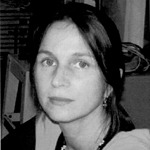
Courtney Smith
Courtney Smith creates complex, manipulable pieces of deconstructed and reconstructed furniture. Her work transcends its minimal roots by delighting in the intellectual practice of conjugating order and disorder. Attentive to pattern and repetition, and fearlessly rigorous in its construction, it achieves a coy but deeply intelligent sensuality. Smith has exhibited her work throughout the United States, Europe and Latin America. She began her career based in Rio de Janeiro, Brazil where she lived for 10 years before relocating to New York in 2000. in New York, her work was included in the "Greater New York, 2005" at PS1/MOMA and in 2006 she had a comprehensive solo show, "Tongue in Groove", spanning the last four years of work, at the Chelsea Art Museum. She is represented by Roebling Hall in New York, where her latest solo show "BUild Up" took place in 2007.
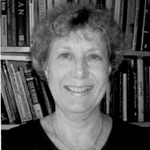
Penny Sparke
Penny Sparke is a Professor of Design History and Pro Vice-Chancellor at Kingston University, London. Professor Sparke is a Senior Fellow of the Royal College of Art and a Fellow of the Society of Arts. SHe has taught the History od Design at Brighton Polytechnic and the Royal College of Art. She has worked in the field of Late Nineteenth and Twentieth Century Design History and has lectured, curated exhibitions, broadcast and published widely in the field both in the UK and overseas. A selection of her book include An Introduction to Design and Culture in the Twentieth Century; Design in Context; and As Long As It's Pink: The Sexual Politics of Taste. A special interest has been the meaning of design within the context of consumption and its relationship with gender and identity, in addition to focusing on the 'interior'. In 2005 she published a monograph on the American pioneer interior decorator, Elsie de Wolfe, and her book The Modern Interior will be published in the summer of 2008.
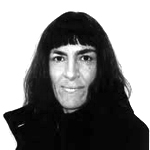
Ioanna Theocharopoulou
Ioanna Theocharopoulou is an architect and an architectural historian who holds a Ph.D. in Architecture (History & Theory) from Columbia University. She received her training in Architecture at the Architectural Association in London. Here research interests include the impact of modernization processes on architectural culture, the history and theory of interiors, the transformations of domesticity particularly in respect to issues of gender, and the history and theory of sustainable design. Her publications include contributions to Paradigmata, 9th International Architectural Exhibition, Venice Biennale (Hellenic Ministry of Culture, 2004); Negotiating Domesticity. Spatial Productions of Gender in Modern Architecture, an anthology edited by Hilde Heynen and Gulsum Baydar, (Routledge, 2005) and to the forthcoming Landscapes of Development: The Impact of Modernization on the Physical Environment of the Eastern Mediterranean, edited by Pani Pyla and Hashim Sarkis, (Harvard University Graduate School of Design, 2008). Theocharopoulou has been teaching at the Masters Program in Decorative Arts, Cooper-Hewitt National Design Museum since 2004 and at the AAS Program at Parsons School of Design since 2005. She is currently teaching at the Graduate School of Planning and Preservation at Columbia University.
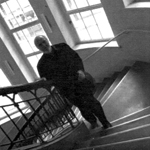
Anthony Vidler
Anthony Vidler is Dean and Professor at The Irwin S. Chanin School of Architecture, The Cooper Union. He received his undergraduate and graduate degrees in architecture from Cambridge University, and his Ph.D. from the Technical University, Delft. He taught at Princeton University from 1965-1992, directing the Ph.D. program and the Program in European Cultural Studies. From 1992 to 2001 he was Chair and Professor of the Department of Art istory, UCLA. He was a Fellow of the Institute for Architecture and Urban Studies, New York where he was an editor of the journal Oppositions and Editorial Director of Skyline. His books include The Writing of the Walls: Theory and Design in the Late Enlightenment; the prize-winning Claude-Nicolas Ledoux. Architecture and Society in the Ancient Regime; The Architectural Uncanny. Essays in the Modern Unhomely; Warped Space: Art, Architecture, and Anxiety in Modern Culture, and Histories of the Recent Present. The invention of Modernism forthcoming from MIT Press in June, 2008. He is a Fellow of the National Academy of Arts and Sciences.
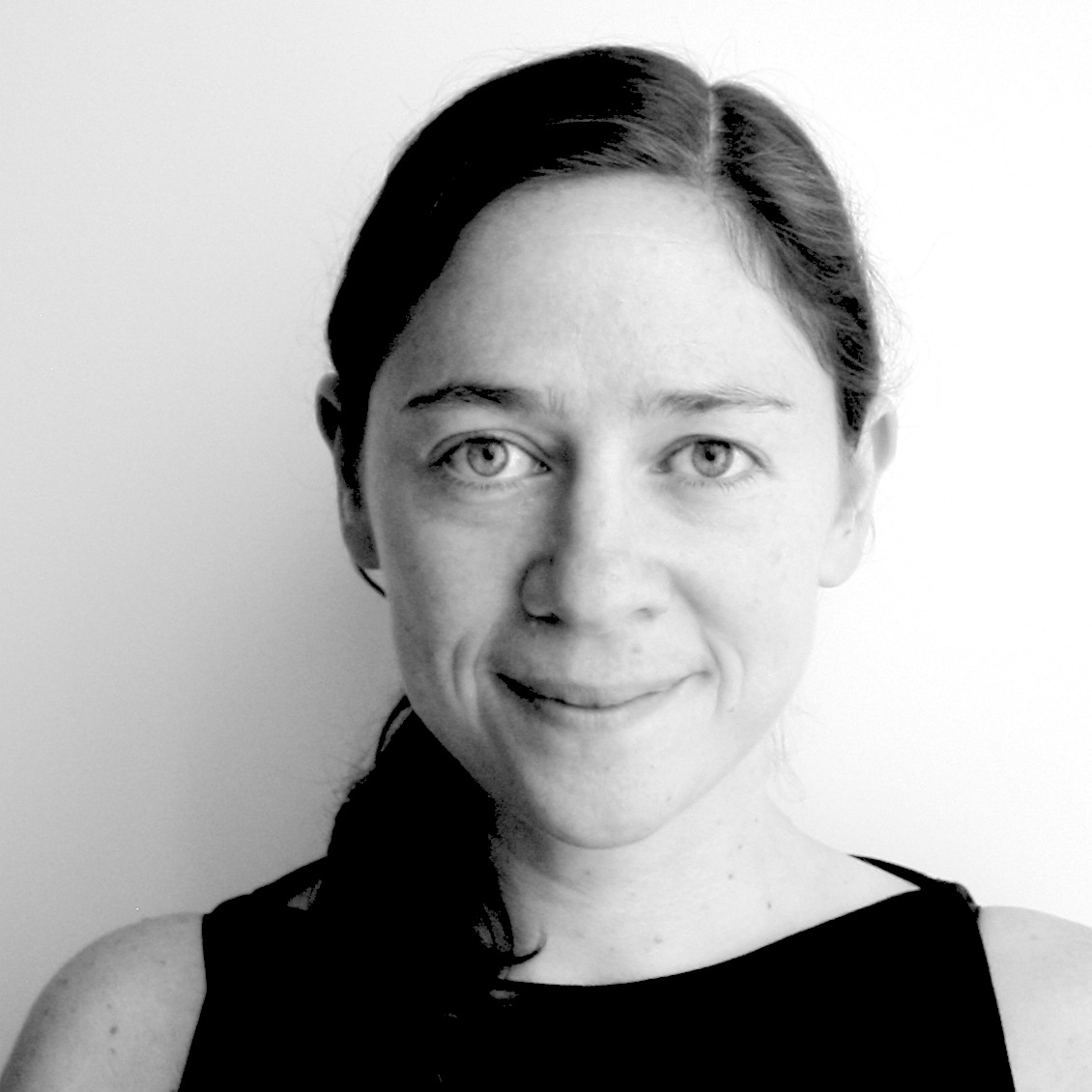
Lois Weinthal
Lois Weinthal is Chair of the School of Interior Design at Ryerson University in Toronto, Canada. Her research and practice investigates the relationship between architecture, interiors, clothing and objects, resulting in works that take on an experimental nature. Her teaching explores these topics where theoretical discussions in seminars are put into practice in the design studio. She is the editor of Toward a New Interior: An Anthology of Interior Design Theory, and co-editor of After Taste: Expanded Practice in Interior Design with Kent Kleinman and Joanna Merwood-Salisbury, both published by Princeton Architectural Press, and most recently, co-editor with Graeme Brooker on the Handbook of Interior Architecture and Design published by Berg Publishers. She has received grants from the Graham Foundation, Fulbright, and DAAD and has exhibited and lectured nationally and internationally. Previously she was Director of the Interior Design Program at Parsons School of Design and Graduate Advisor for the Master of Interior Design Program at The University of Texas at Austin. She studied architecture at Cranbrook Academy of Art and the Rhode Island School of Design.
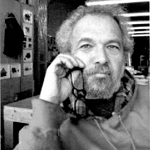
Allan Wexler
Allan Wexler works within the fields of architecture, design and fine art. He is represented by the Ronald Feldman Gallery in New York City and teaches at Parsons Schoolof Design. Wexler's works explore human activity and the bult environment. He works as an investigator using series, permutations and chance rather than searching for definitive solutions. He makes buildings, furniture, vessels and utensils as backdrops and props for everyday, ordinary human activity. the works isolate, elevate, and monumentalize our daily rituals: dining, sleeping, and bathing. And they, in turn, become mechanisms that activate ritual, ceremony and movement, turning ordinary activities into theater. A collection of his works is published in the books Custom Built: A Twenty-year Survey of Work by Allan Wexler and GG Portfolio Allan Wexler.
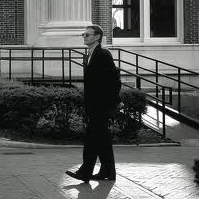
Mark Wigely
Mark Wigely is Dean of Columbia University's Graduate School of Architecture, Planning and Preservation. An accomplished scholar and design teacher, Mark Wigley has written extensively on the theory and practice of architecture and is the author of Constant's New Babylon: The Hyper-Architecture of Desire (1998); White Walls, Designers Dresses: The Fashioning of Modern Architecture (1995); and The Architecture of Deconstruction: Derrida's Haunt(1993). he co-edited The Activist Drawing: Retracing Situationalist Architectures from Constant's New Babylon to Beyond (2001). Wigeley has served as curator for widely attended exhibitions at the Museum of Modern Art, New York; The Drawing Center, New York; Canadian Centre for Architecture, Montreal; and Witte de With Museum, Rotterdam. He received both his Bachelor of Architecture (1979) and his Ph.D. (1987) from the University of Auckland, New Zealand.

Alfred Zollinger
Alfred Zollinger is co-principal of Matter Practice, the architecture and exhibition-design firm that he co-founded with Sandra Wheeler. Matter has completed a range of public projects, including exhibition designs for the National Building Museum, the Cooper-Hewitt, National Design Museum and the International Center of Photography. The firm has also worked on designs for private residences. | The company maintains its own prototyping and custom-fabrication shop and is informed by Mr. Zollinger’s early training as a precision machinist, as well as his interest in making as a mode of critical inquiry. | Mr. Zollinger studied architecture at the Rhode Island School of Design and completed his post-professional studies at the Cranbrook Academy of Art, where he was designer and fabrication specialist on a number of widely published projects completed by the Cranbrook Architecture Office. | At Parsons since 2006, Mr. Zollinger has also taught at the Eidgenössische Technische Hochschule (ETH) in Zurich and the Rhode Island School of Design.
